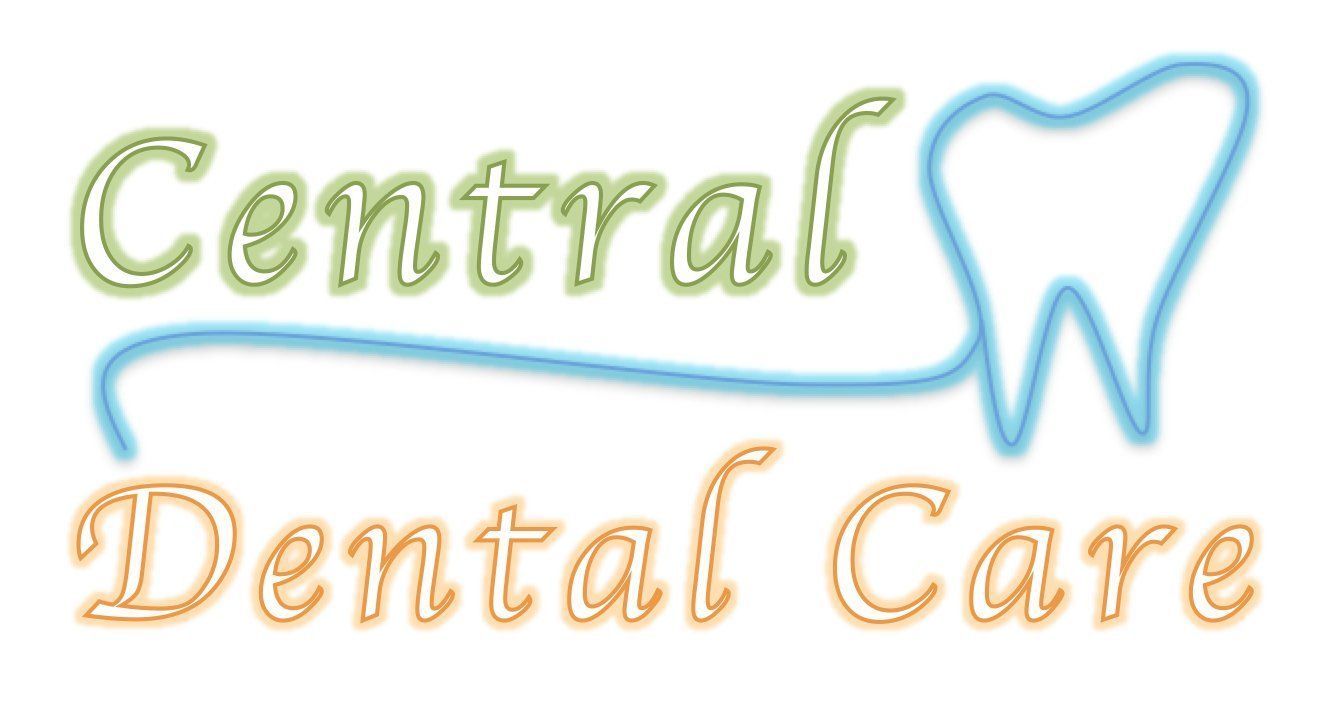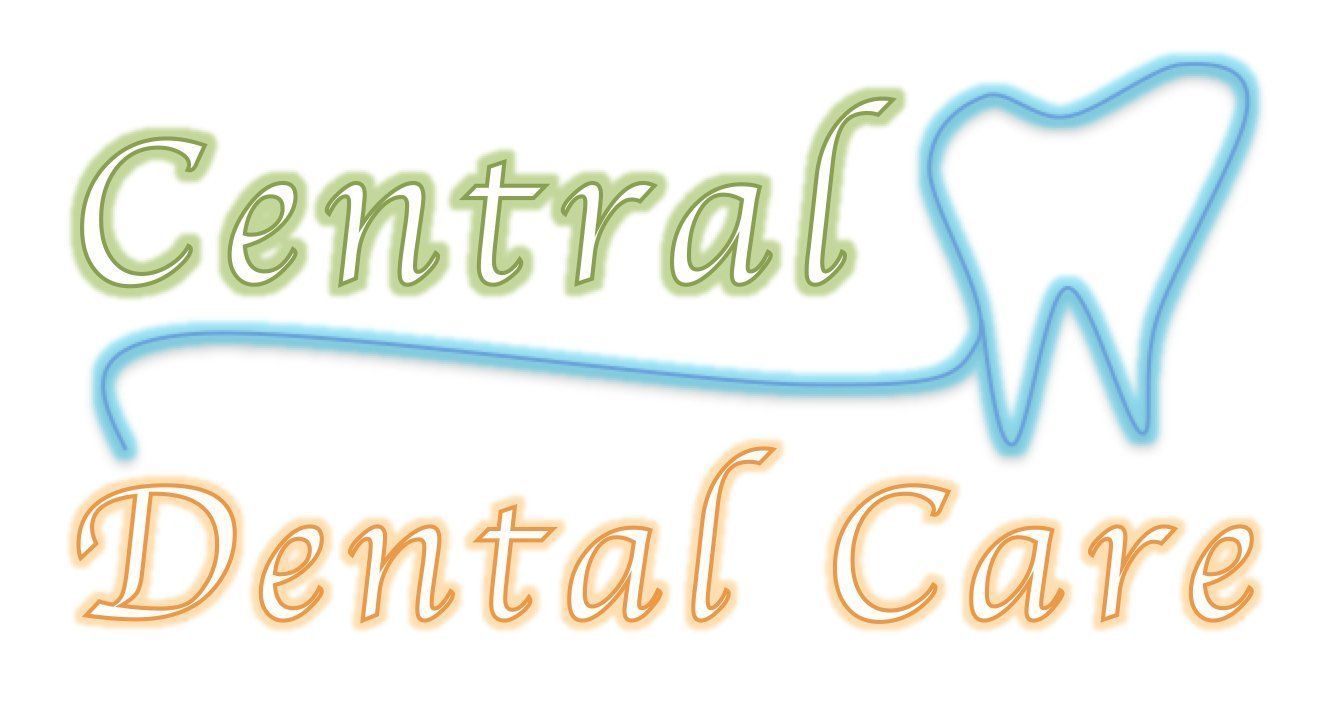Dental Implants in Jefferson City, MO
Expert Dental Implants to Reclaim Your Smile's Brilliance!
When a tooth is lost, a difference is created in the normal functioning of the oral cavity. The chewing ability is compromised to some extent, and there can be several other dental health problems that spring up. A lost tooth should be replaced with an appropriate dental restoration to prevent these problems and improve chewing efficiency. Dental implants are among the most widely recommended tooth restoration options because of their physical properties and functional advantages. Dental implants have helped us bring out healthy smiles in many of our patients from Jefferson City and surrounding communities. Our tooth restorations have been pivotal in improving the oral health of many people.
HOW TOOTH LOSS AFFECTS ORAL HEALTH
Our oral cavity is designed to have 32 teeth. When a tooth is lost, the condition directly affects your ability to bite and chew food. As a result, your chewing efficiency reduces, and you may need more effort to break down the same amount of food as before. This puts more stress on surrounding teeth leading to tooth wear.
The gap in the dentition can lead to a shift in the position of nearby teeth. This may cause a malocclusion, which in turn leads to many other problems. There can be more food lodgment in the gap, which can increase the risk of gum infection if not taken care of. Tooth loss also causes bone resorption.

Local Dental Implants in Jefferson City
A dental implant is a metal post that is designed as a replacement for a lost tooth. It can be made of titanium or zirconium. The ability of these two materials to bond with the supporting bone gives great functional benefits to the tooth replacement. The restoration procedure involves a few phases.
The first phase is where dental examination and treatment planning takes place. Our dentist checks the status of the gums and supporting bones. We make a note of the patient's medical history. On confirmation that surgery can be performed, we set a treatment plan and map the position of the implant. The treatment process is explained to our patients.
Local anesthesia is used to numb the implant site. An incision is made in the gums, and dental drills create a bony recess in the mapped position. The implant is the torque into the supporting bone and is covered with a cap. The gums are sutured back after the process, and the restoration is left to heal. In a few months, the implant becomes an integral part of the bone.
After the healing period, the cap is removed, and scans of the teeth are taken. When an abutment is fixed over the implant, the dental crown gets fabricated in the lab based on the scans taken. The crown can be cemented or screwed over the implant. Upon completing the surgery, our dentist explains to our patients how to take care of their oral health.

